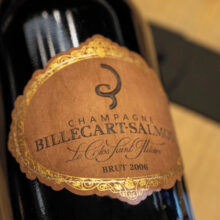
Product information
Billecart-Salmon ‘Clos Saint-Hilaire’ Brut Millésime 2006
Pinot Noir from Mareuil-sur-Aÿ, Vallée de la Marne, Champagne, France
$1,290
Description
Mathieu Roland-Billecart likens it to the 1998 with richness whilst still having the capacity to easily age for another 10-20 years. This is a wine to drink at cellar temp (14ºC) in a generous glass. A complex, powerful wine. Mathieu pairs it with chicken and morrels or truffle risotto.
Only the 7th releases following on from the 1995, 1996, 1998, 1999, 2002 & 2003.
I was fortunate enough to have the 1995 back in 2004 when it was just a pup. Incredible purity and youth for a wine nearing 10 years of age. With the 2006 we approach 16 years of age on release! There are a couple of reviews below. By all accounts, this is another exceptional show for Clos Saint-Hilaire.
Check out the video launch of the wine by Mathieu below.
Aged for 159 months on lees and finished with a dosage of 2g/L.
A brand new label made of cherry wood, sourced from sustainable forests. Individually boxed.
Out of stock
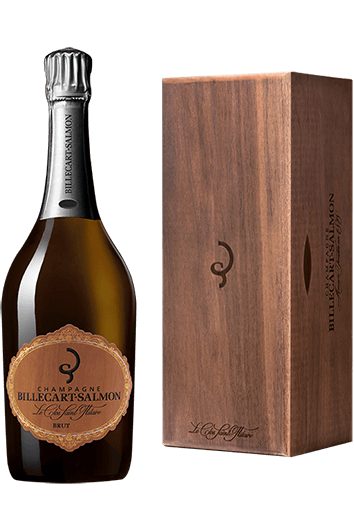
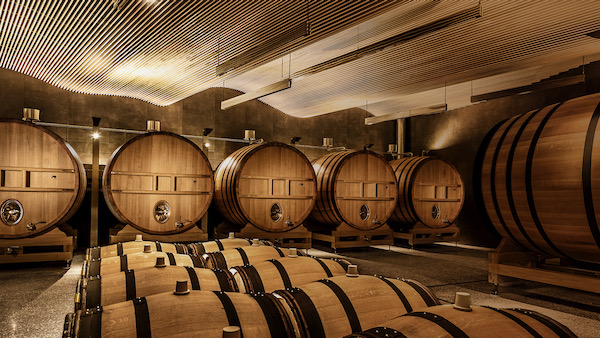
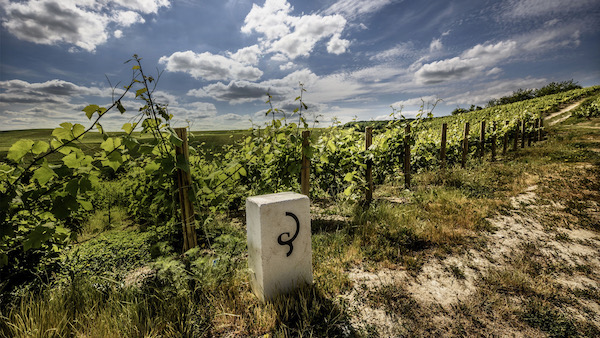
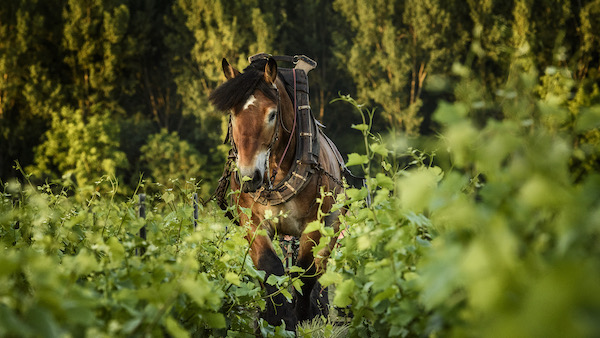
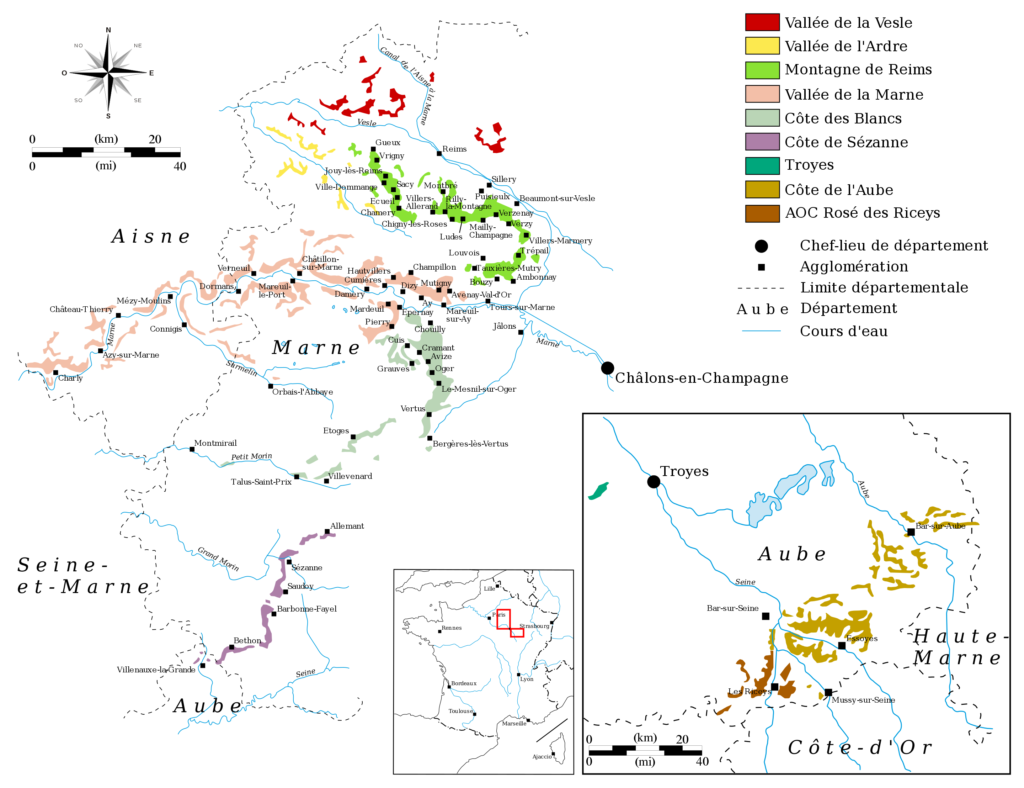



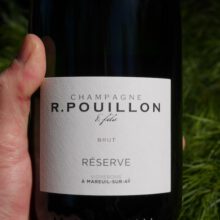



You must be logged in to post a comment.